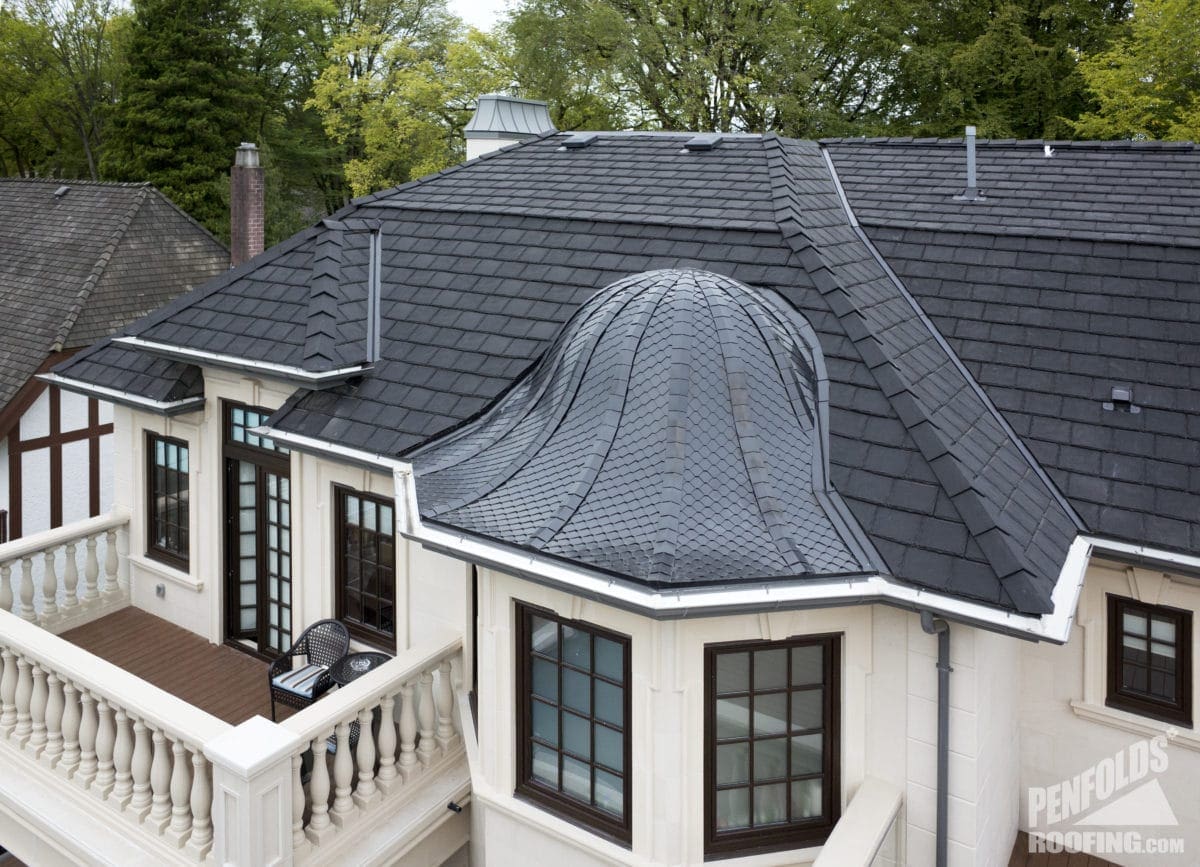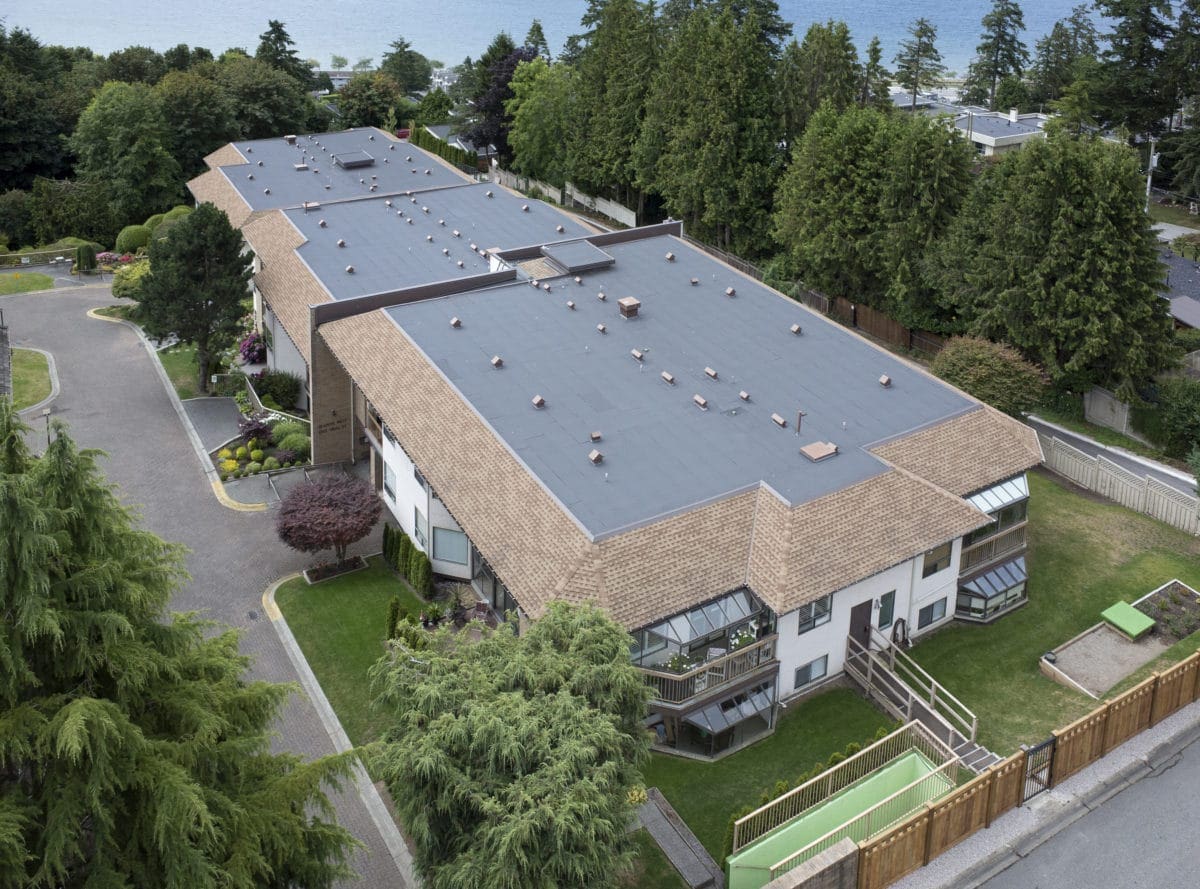What are Cedar Shingles?
Cedar shingles are also known as cedar shakes which are basically shingles made from wood. Cedar shingles have been used for roofing and cladding of exterior walls for a very long time. Cedar shingles provide long-lasting protection from the elements and add a rustic look and feel to your home.
Shakes can be made from many types of wood. Typical they are made from Western Red Cedar here in North America. In North America cedar shingles typically come in 3 sizes; 18-inch, 24-inch, and 48-inch. 18-inch cedar shingles are the most common and also known as ‘barn shakes’. The 48-inch cedar shingle is commonly used as siding to clad exterior walls.
Cedar shingles must be edge grain cut. This prevents warping and splitting during the drying time. When manufacturing cedar shingles it is very important to pay attention to the orientation of the grain of the wood. It is important when splitting blocks for manufacturing that the cut is precisely perpendicular to the grain.
Generally, cedar shingles are split in 2 ways. A straight split means the shingle maintains the same thickness throughout. Taper split which means the thickness tapers down from one end to the other. This is achieved by starting with a board of proper thickness than splitting or cutting diagonally.
Cedar shingles do not have to be finished because of the nature built-in preservative properties of the cedar. Cedar shingles weather naturally and are quite beautiful. The cedar shingle will obtain a silvery grey look over time as they age.
If you decide not to finish the shingles you should be aware that once they start to age it requires significantly more work to restore them to a place where you can apply a finish. However, it is recommended that you finish your cedar shingles and there are a variety of ways you can do this.
One common type of finishing for cedar shingles is water repellents. They are essentially colourless and work by penetrating the cedar shingle to form a high water repellent barrier. Water repellents are very effective at stopping the absorption of water which reduced swelling. Many types of water repellents have the ability to inhibit surface mildew growth and block ultraviolet light.
Typically finishes for cedar shingles can be grouped into four categories: (1) opaque coatings, such as paints and solid-colour stains; (2) semi-transparent stains; (3) natural finishes such as transparent stains; and (4) oils.
Learn more about our Old Growth Cedar Shingles.


